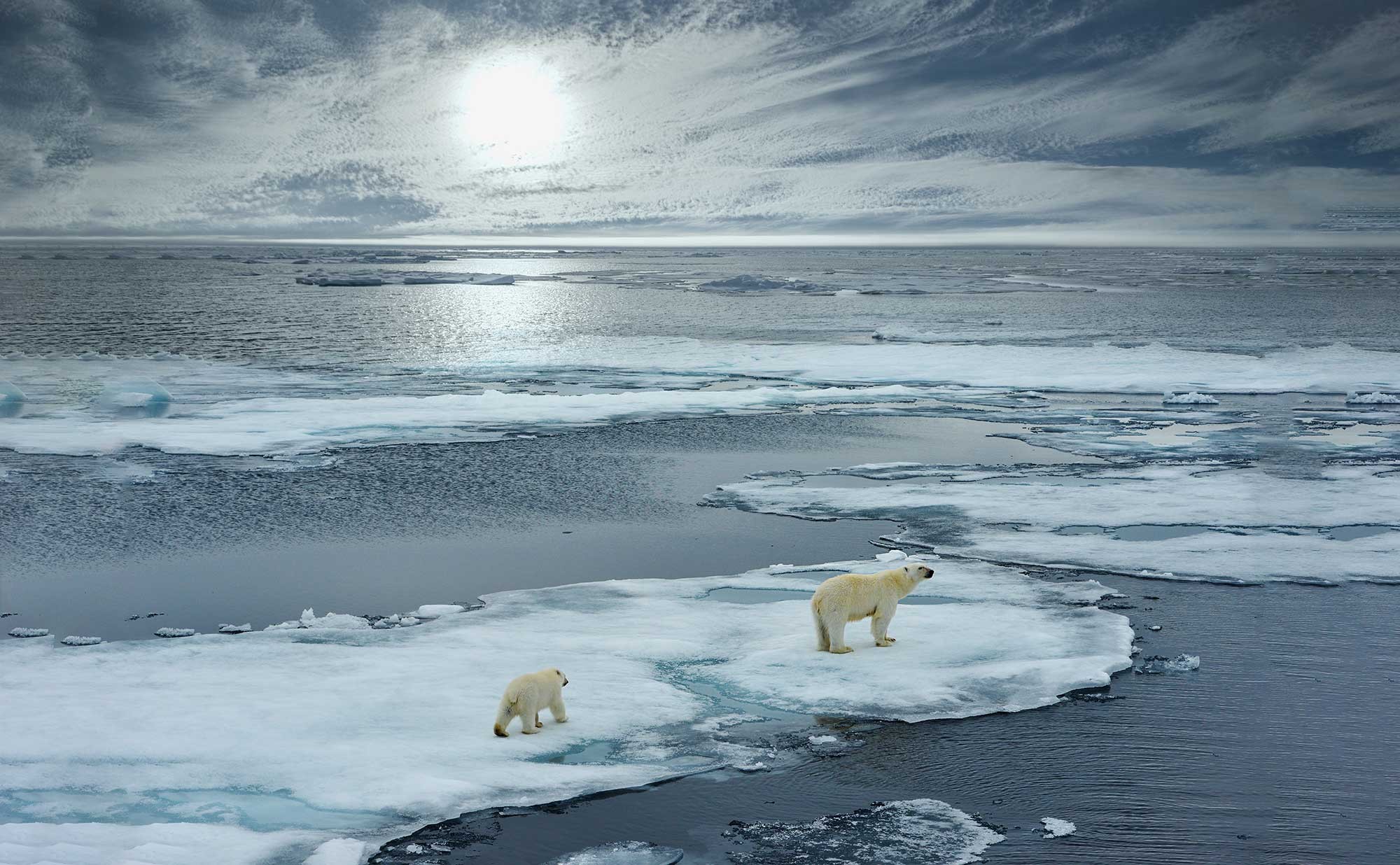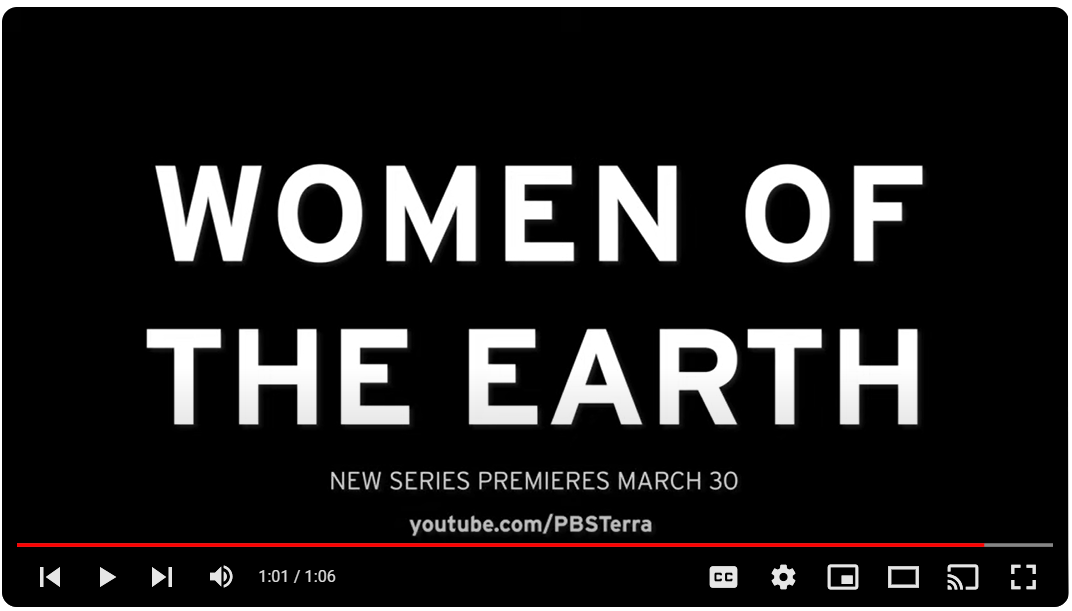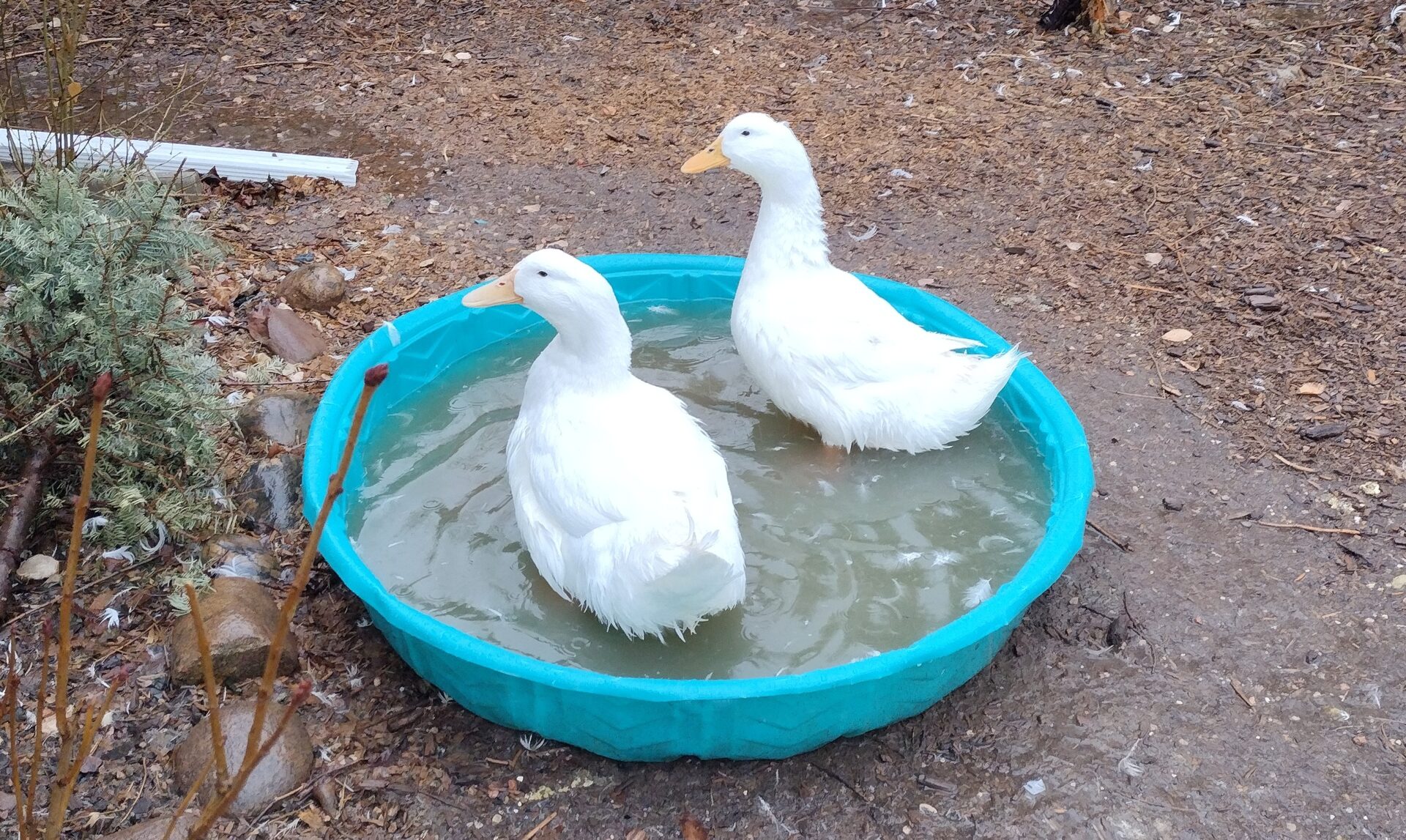I’m all over the place right now…being pulled in a dozen different directions when all I want to be doing is gardening. Luckily it’s going to get stormy for the next few days so I can get some actual paying work done.
A couple of things caught my attention this morning while I was actively ignoring the 24/7 rotting orange corpse sucking up all the media O2.
Here’s some better news to close out the afternoon:
BREAKING: President Biden, AOC, and Senator Ed Markey just filmed a PSA for the American Climate Corps. This is a significant moment in the fight against climate change. Retweet so all Americans see. pic.twitter.com/NuquO9AHmN
— Biden’s Wins (@BidensWins) April 25, 2024
David Roberts had another podcast on the grid, discussing distributed energy, that I missed when I put together the last post.
Now is the time for distributed energy resources
Duncan Campbell of Scale Microgrid Solutions makes the case that distributed energy resources (DERs) — solar panels, EVs, home batteries, etc. — are, thanks to rising electricity demand and constraints on grid expansion, poised for a tsunami of deployment.
Open thread
Afternoon Open Thread: Good Climate News and Good People Doing Good ThingsPost + Comments (68)





